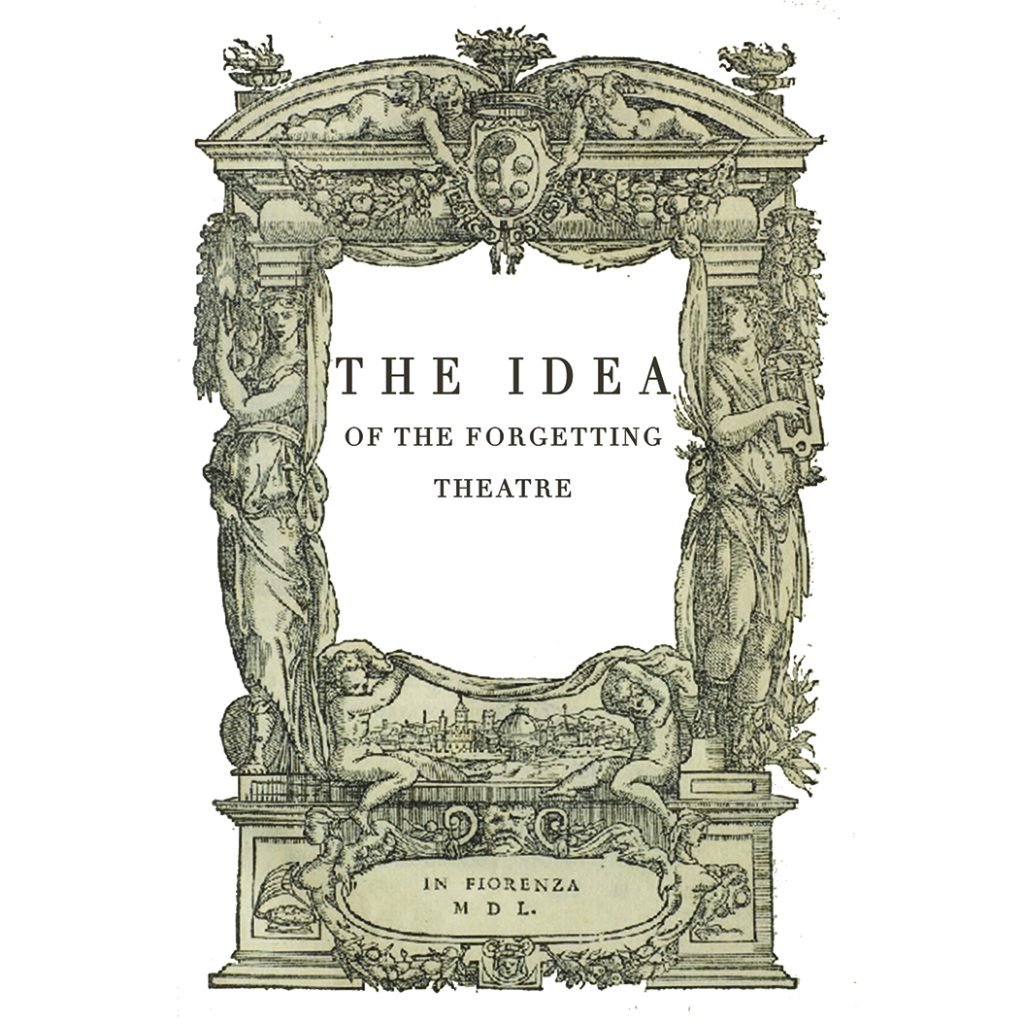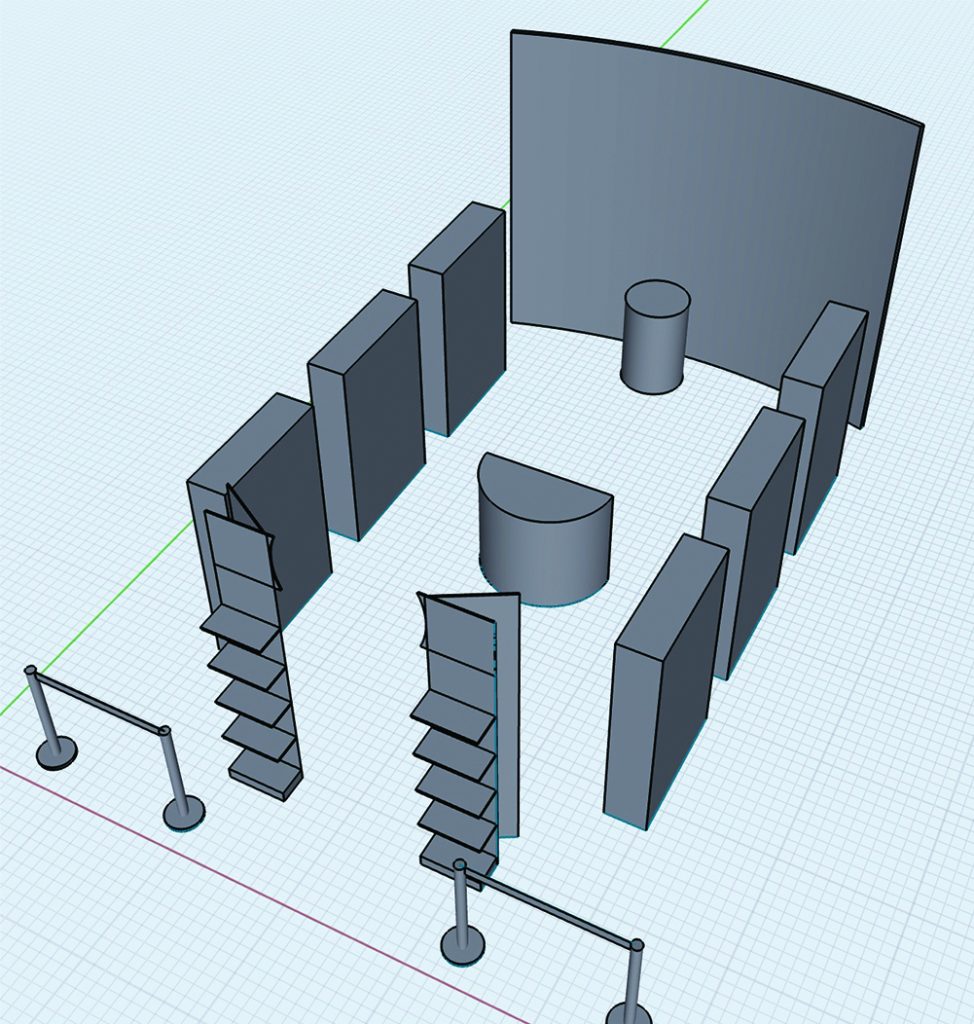THE IDEA OF THE FORGEttING THEATRE (2020/Berlin)
This installation is an invitation to reject overconsumption. It is a stage upon which stands a Guattarian reflection of the Global North; a caricatural abstraction of the EU, in particular Germany and Berlin.
The first part of the installation, “The Frontispiece”, is a gate that acts as an entrance to the EU. At the gate a statement that includes clauses of the 25-Punkte-Programm, a 100-year-old manifesto of NSDAP, confronts spectators with a grim reality; it reminds us of how national identity remains at the foundation of our relationship to ourselves, society, and nature. The gate embodies a still relevant but forgotten history. In doing so, it urges us to be more cautious and critical of our modes of production. Built onto the gate are parts of The Ecstasy of Saint Teresa, there to symbolize asceticism in contrast to consumerism.
Following the gate, the rest of the installation is a constellation of quasi-objects that promote liberal economies. As a curated collection, they exaggerate the perverted relationship between human enterprise and the environment. Taking the form of a series of sculptures, these objects are a narration of daily products that are iconic of commodification and glued to historical references, such as KDF posters. In this setting, a posh, theatrical open space akin to the KaDeWe aesthetic, I examine Culture. This chamber, reminiscent of a Wunderkammer, is a space of disenchanted addiction.
The final part of the installation, which displays a table in the middle of the room, brings with it a choice; one that forces responsibility and asks the audience to perform ecosophically. In opposing the Bundesministerium für Inneres 2018 campaign for refugees’ voluntary return, the final part of this installation urges us to leave our guarded paradise; a paradise that recognizes the environment only in order “to establish happy laws of gardening”. I have borrowed the title of my installation from Giulio Camillo’s (ca. 1480-1544) book “L’Idea del Theatro”. I use his idea of memory theatre to turn spectators into scholars. Camillo believed that if humans can remember an abstraction of reality, there should be a way to create an apparatus, a Roman Vitruvian theatre, that manifests an abstraction of everything. In this theatre, scholars could stand on stage and have Internet-style access to all knowledge. My installation is such an apparatus. This work is a study of how one can create a narrational stage using Camillo’s spatial mnemonic techniques.

